Last Updated on August 2, 2021

Ink & Pixel is a source of pride and joy for me as a writer and as such, I’m always striving to take this column further for those who read and enjoy it. If you yourself, or anyone you know, helped to make any of the amazing feature animated films found within this column, I would love to talk to you to further my knowledge. Please contact me at [email protected] so we can discuss it further.
Let’s start this one off with a question, shall we? Which was the first film that you felt needed to be kept hidden from your parents? For me it was Gerald Potterton‘s HEAVY METAL. I totally remember having to wait until my parents went to sleep to watch it. And even then I’d have to keep the volume of my TV real low – fearing that the moans and screams coming from animated galaxies far, far away would be taken out of context. It was my first exposure to “Adult” animated cinema and it was truly amazing. Without warning, my cartoons were no longer dominated by capering hippies, wascally wabbits, and USA’s Cartoon Express. No. Now my animation consisted of aliens, science fiction, and sex. It was the dawn of a new day and I haven’t looked back since.

HEAVY METAL, released in 1981, is the Canadian fantasy-animated film directed by Gerald Potterton and produced by Ivan Reitman and Leonard Mogel – publisher of the Heavy Metal magazine the film was based upon. The HEAVY METAL film features a series of nine animated sequences, all commonly linked by the presence of an omnipotent orb named the Loc-Nar. Before landing on earth, the Loc-Nar (voiced by Percy Rodriguez) had spent its existence traveling all throughout space and time – accumulating an unfathomable amount of insight into the ways of man and beast alike. This malevolent Loc-Nar – poisoned by the sins, lusts, and crimes of the infinite cosmos, soon discovers its successor by way of a young girl known to us only as Grimaldi’s daughter (Caroline Semple). As the young woman cowers against a wall inside of her once happy home, the Loc-Nar forces her to bear witness to a series of cautionary tales, each of them pertaining to the complexities of man.

At its heart, HEAVY METAL is a racy, risk taking, science fiction anthology inspired by the artful pages of the magazine that influenced it. Heavy Metal (the magazine) is an American science fiction and fantasy comics publication, known for delivering a wide variety of dark fantasy erotica since 1977. It was Leonard Mogel who first brought the mature-audiences magazine to the United States after visiting France, in the hopes of jump-starting the French edition of the National Lampoon comedy label. While in France, Mogel discovered a magazine entitled Métal Hurlant (which translates to the words “Howling Metal”) – an anthology of sci-fi and horror comics stories, created by artists Jean Giraud, Philippe Druillet, and Jean-Pierre Dionnet.

Mogel’s version of the magazine (renamed Heavy Metal for American audiences) began by featuring glossy, full-colored translations of the stories found in its French counterpart, but before long explored the works of Stefano Tamburini and Tanino Liberatore – Tanio is the man responsible for the ultra-violent graphic novel series RanXerox. Like the magazine, the film carries with it an impressive roster of talent that boasts an exhilarating exploration of all things naughty and nice from the science fiction genre.

HEAVY METAL is not for the faint of heart. Its stories and animation push the limits of its “R” rating to the extreme by featuring not only mature story telling elements, but also a copious amount of nudity and sex throughout the film. Like the magazine, HEAVY METAL makes no apologies for preying on the idealistic desires of young men and women with a penchant for drugs, sex, and rock n roll. It was such a large and risky undertaking to create something so taboo that it took several animation studios working simultaneously to bring it all together. Animation houses like CinéGroupe and Atkinson Film-Arts were in on the project, working around the clock, helping to create multiple sequences at once in order for the film to meet its many deadlines.

HEAVY METAL was created using the technique of rotoscoping to achieve a variety of scenes. For those of you just joining us here at Ink & Pixel, rotoscoping is an animation technique used to capture realistic human movement by drawing over live-action film footage. It’s essentially a very elaborate form of tracing but you’d be surprised how well it works, and when used correctly can yield remarkable results. Don’t believe me? Check out the film’s impressive sequence entitled “Taarna”.

“Taarna”, written by Daniel Goldberg and Len Blum, features a resplendent warrior maiden named Taarna, who when called upon by a group of elders, stands firm against the evils of their world in the name of righteousness, oath, and glory. In this sequence, Taarna herself was rotoscoped using Toronto model Carole Desbiens thereby executing the character’s smooth battle movements and impassioned facial expressions. It’s obvious that in today’s high-tech world of animation we have programs that can replicate the effects of rotoscoping but trust me, there’s nothing quite like the original method. Check out movies like HEAVY METAL or FIRE AND ICE to see some truly inspiring usages of this animation method.

Okay, let’s press on. How much do you love rock n roll? While growing up, my family (primarily my father and sister, Lisa) raised me on blues, funk, and heavy metal music. Alright, so there was a dark time when C+C Music Factory could be heard emanating from behind my bedroom door but what musical skeletons are you hiding in your closet, huh? One of the most notable aspects of the HEAVY METAL film is of course its hard rockin soundtrack. Featuring face melting songs by artists such as Devo, Blue Oyster Cult, Cheap Trick, Journey, Black Sabbath, and Stevie Nicks – the HEAVY METAL was auditory sex for your eardrums.

Despite some exhausting legal troubles when acquiring the rights to each of the songs featured on the soundtrack, all of the pieces eventually fell into place. Believe it or not the film soundtrack actually made its way onto the Billboard charts, climbing all the way up to the illustrious #12 spot of a possible 200. If you ask me that’s not too shabby – considering that the Billboard chart positions are usually reserved for songs or albums with easy radio play. While the film was in production, the band Blue Oyster Cult recorded a song entitled “Vengeance (The Pact) to be used specifically in the film, but filmmakers declined due to the lyrical content giving away several key elements of the film’s finale. A song called “Veteran of the Psychic Wars” was used instead.

HEAVY METAL is by no means a popular film. It’s one of those “cult following” animation flicks that unless you sought it out intentionally, or were introduced to it by a rebellious sibling – you’d most likely never be exposed to its lewd and imaginative presentation. Furthermore, there was a sequel to the film released in 2008, entitled HEAVY METAL 2000. Unfortunately, this film did not garner the love and adoration of the fans of the original, as a result it more or less slipped into obscurity (much like many of the minor bands featured on the original HEAVY METAL soundtrack). For a time, there was even talk of director David Fincher bringing the Heavy Metal brand back into the spotlight, with filmmakers such as Guillermo Del Toro, Zack Snyder, and Gore Verbinski ready and eager to direct sequences for the film.

Regrettably, after shopping the idea around for a new HEAVY METAL film (even with such lofty talent attached to be a part of the mayhem), the project stalled indefinitely due to lack of interest from studios. It’s a shame, really. With that kind of lineup on contributors I think that a new installment in the dormant franchise really could have been something special. Perhaps there’s still hope of seeing another HEAVY METAL film in the years to come, but I wont be holding my breath over it. Though, I have heard whispers that in 2011, filmmaker Robert Rodriguez announced that he had purchased the rights to HEAVY METAL, so perhaps there’s still hope after all!

The bottom line is this. You don’t see risks being taken in animation anymore like what they were doing when they decided to make HEAVY METAL. Sure there had been adult-related animations before (just check out the EXTREMELY NSFW “Eveready Harton in Buried Treasure”
from the late 1920’s), but nothing ever on this level of absurdity and creativity. HEAVY METAL is much more than coke snorting aliens, big breasted damsels in distress, and surly cab drivers that remind you an awful lot of Corbin Dallas from The Fifth Element. The film combined all of the things that gave your overprotective parents nightmares and did it with style. So go out and find a copy of this amazing film, throw up some horns, and bang your head along to this heavy dose of science fiction animation.


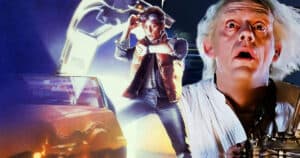





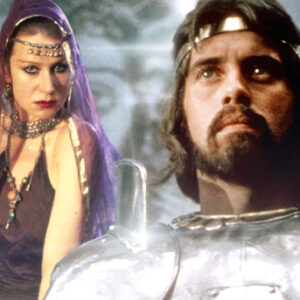
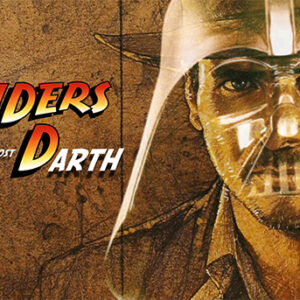
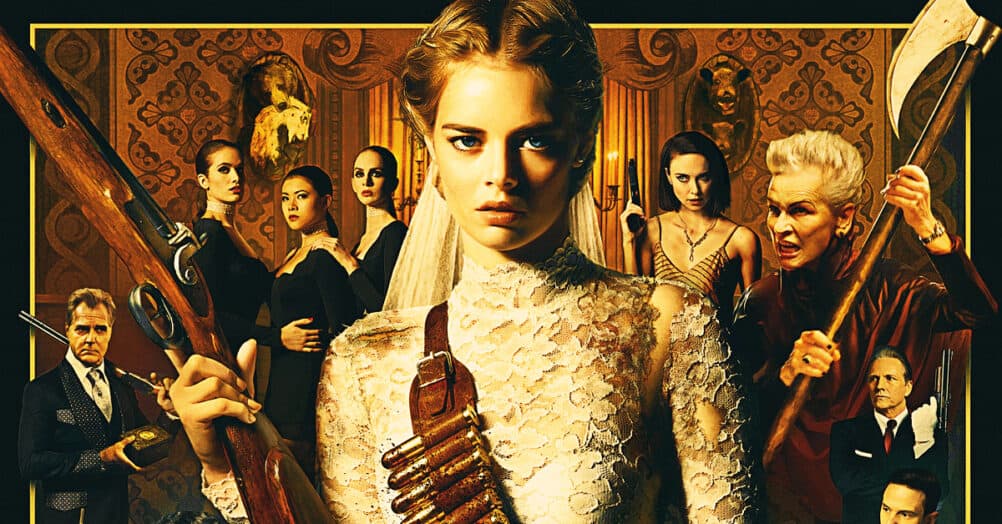


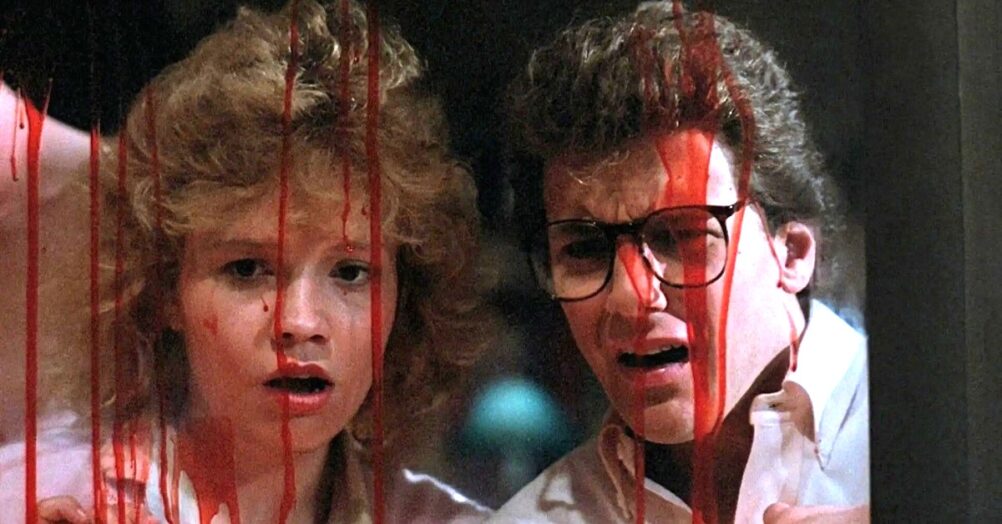
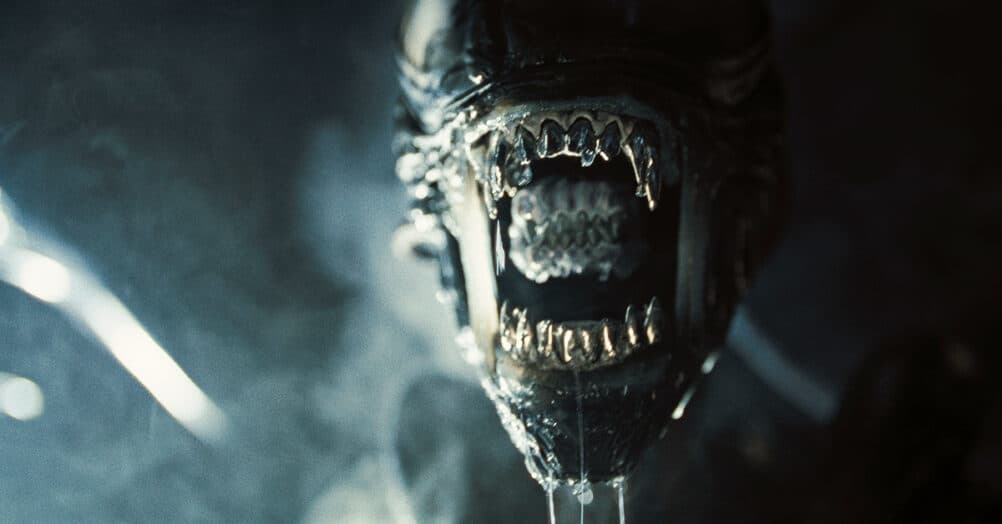
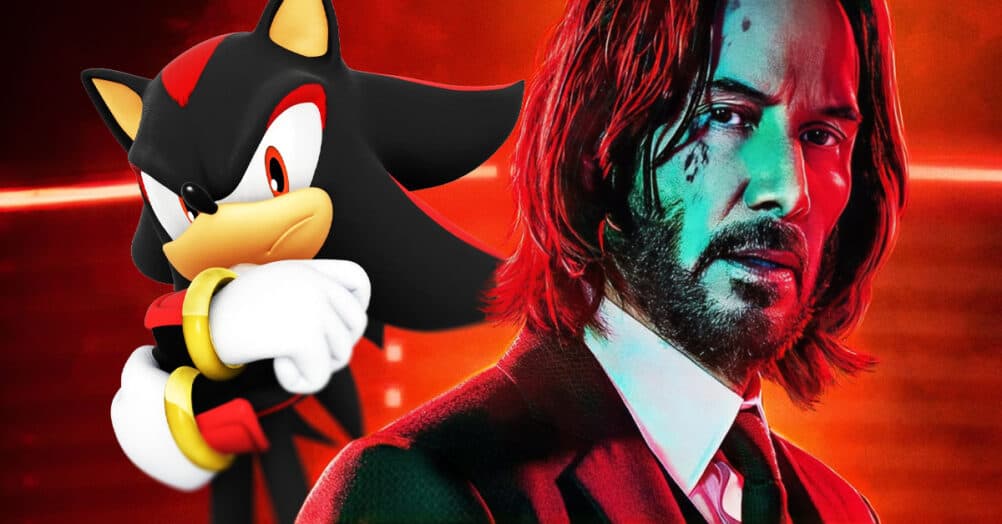
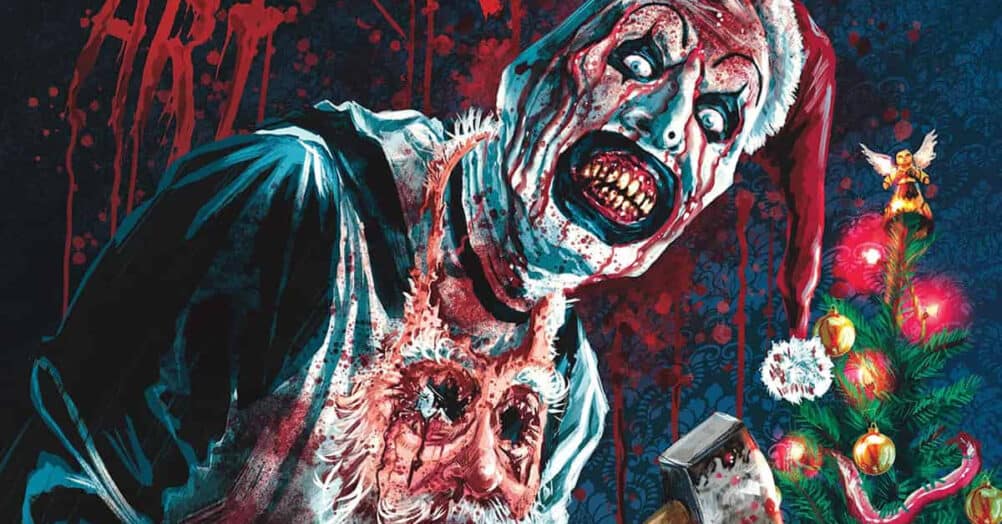



Follow the JOBLO MOVIE NETWORK
Follow us on YOUTUBE
Follow ARROW IN THE HEAD
Follow AITH on YOUTUBE